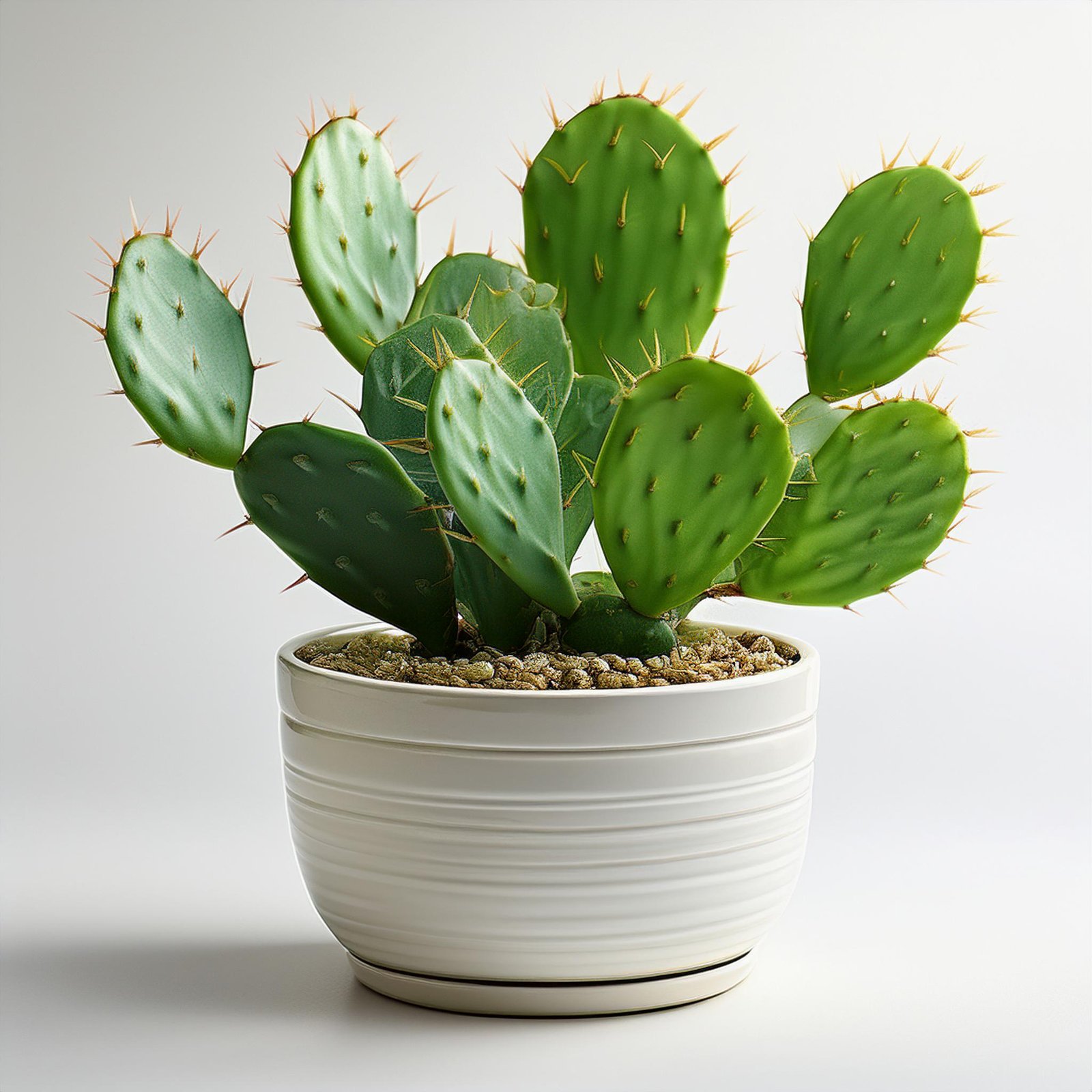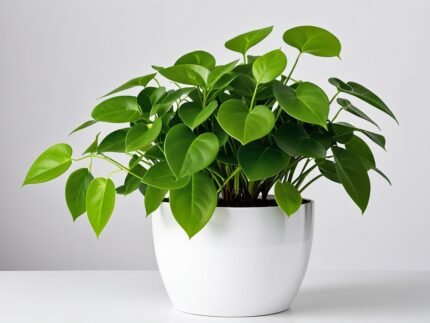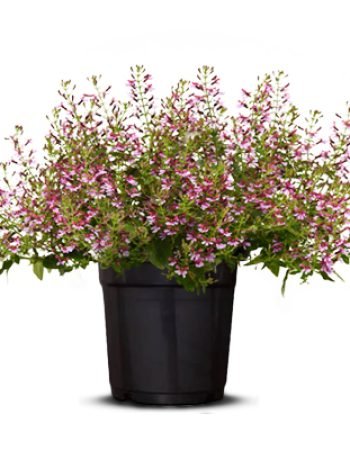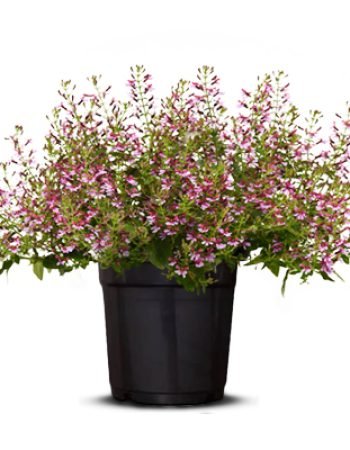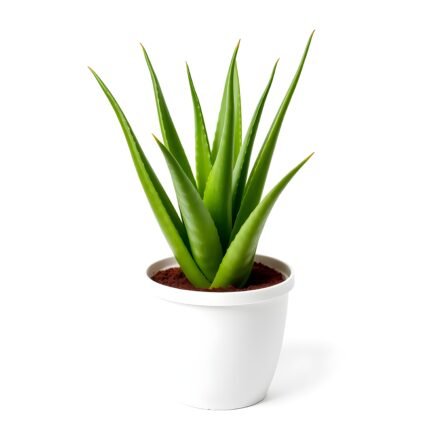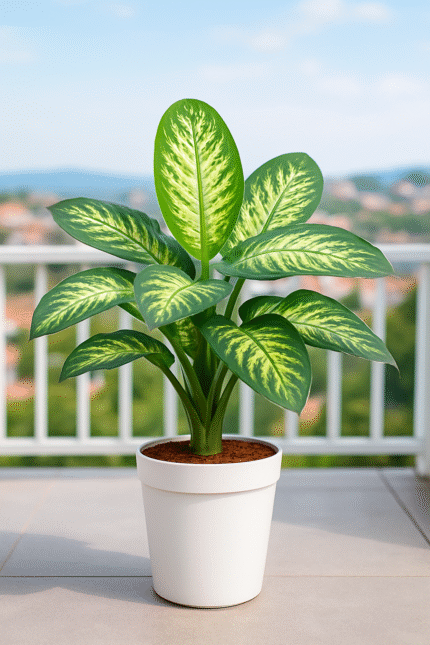Product Description:
The bunny ear cactus is a low-maintenance plant commonly grown as a decorative houseplant or in outdoor rock gardens. Cacti are the perfect plant for the novice gardener. They are also the perfect specimen for a neglectful gardener. Bunny ears cactus plant, also called angel’s wings, has ease of care combined with an original appearance. The thick pads of this plant are adorned with fuzzy glochids, or short bristles, that resemble the fur of rabbits and grow in earlike pairs. Even a beginner can learn how to grow bunny ears cactus and enjoy the soft appearance of the plant without a lot of typical houseplant fuss.
Light:
Demands full light growing for most of the year, except during the winter cycle. For the plant’s health, light should be reduced to partial sun during this time.
Water:
The bunny Cactus is a desert species. It should be given water on a regular basis during its first season in a new pot. This will help it to create a strong root system. The soil should be kept moist, but not soggy. After the first season, more sporadic watering is required. During the winter cycle, the cactus should not be watered at all, with watering to resume in the early spring.
Soil:
Like most cacti, this specimen demands sandy soil-bases that drain easily. It is usually happy with the pre-packaged cactus soil found in common hardware stores. To increase drainage for a picky plant, mix in a 1:1 ratio of perlite or bark.
Fertilizer:
Monthly feeding of low nitrogen fertilizer. Fertilization should stop one month before the planned winter cycle for the plant’s health.
Temperature:
This cactus enjoys temperatures ranging from 70-100°F (21-37°C), but demands cooler temperatures during the winter months. Starting in the late fall, this cactus should be kept between 50-65°F (10-18°C), and away from central heating vents. The cooler spell is demanded over the course of the entire winter, during which time the segments of cactus will turn a light gray color. Failure to provide these controlled winter conditions will result in plant death the following spring.
Humidity:
Prefers low humidity conditions. Consider running a dehumidifier in the room where the cactus lives to provide it with the most ideal conditions possible.
Repotting:
Re-potting should take place in the summer, after the year’s bloom has finished. Remember to water the plant regularly to promote the growth of a healthy root system during its first year in the new pot.
Propagation:
Any fully grown pad from this cactus may be broken off cleanly in the early summer and re-potted for propagation purposes. Cuttings work best when grouped in threes or more, and should be buried an inch deep in the soil. Remember to water regularly to promote the growth of a healthy root system in the first year after propagation.

